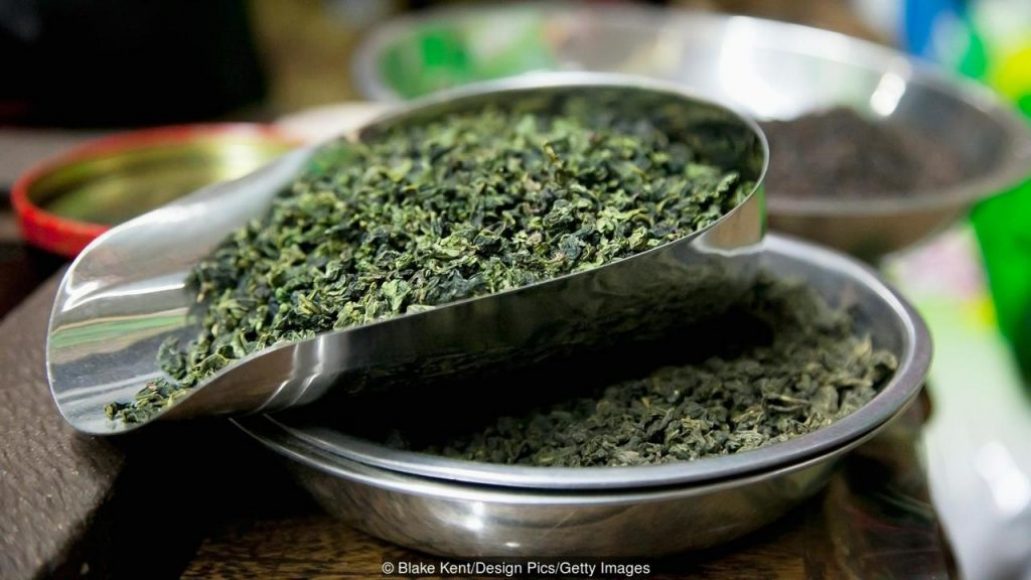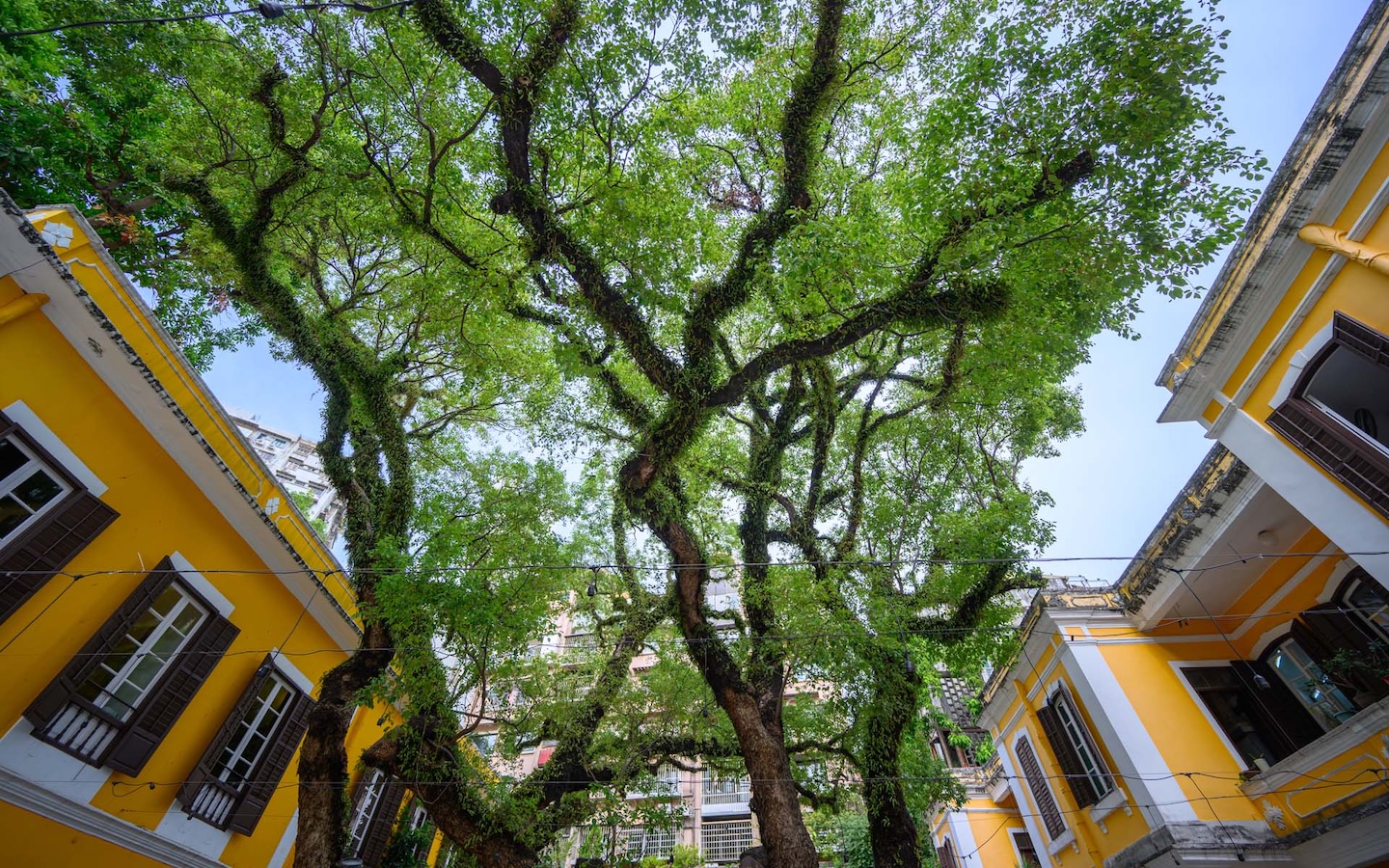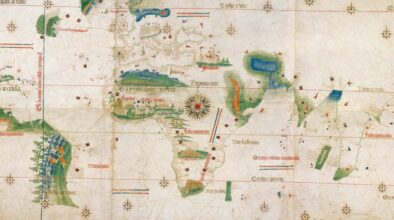It is little known that the rise of tea in Europe began with Macao with the 16th-century Portuguese priests
Around 2 billion people start each day with a cup of tea, three times the number of those who drink coffee each morning. In fact, after water, tea is the most widely consumed drink in the world, with numbers equal to coffee, hot chocolate, soft drinks, and alcohol combined.
Macao, and the Portuguese priests and merchants who lived there, played an important role in the rise of tea. They were the first to introduce it to Europe in the 16th century, and in the 17th century, a Portuguese princess made the drink a sensation in England. Early embrace by elites eventually reached the masses, and to this day, Britain is one of the world’s largest consumers of tea relative to its population.
Professor Jin Guoping, a researcher at Jinan University in Guangzhou, wrote: “The spread of the tea culture to Asia, Europe, Africa, and South America led to local productions, adaptations and innovations, and different kinds of tea culture.” His article on Macao’s role as the birthplace of Portuguese tea culture appeared in the January 2017 edition of the Journal of Macau Studies.

“Macao was the base of tea culture for the Portuguese‑speaking world and gateway for its entry into that world,” he wrote. “It went from [Macao] to Brazil and Portugal. The Portuguese word for tea – cha – is exactly the same as the one used in China. It not only became a word commonly used in the language but also produced many sayings, proverbs, and slang. The number is even more than in Chinese—something rarely seen in Western languages.”
Those who speak Portuguese ask for a cup of cha, while their Spanish neighbours ask for te, and an Indian orders chai. Portugal, Japan, and Korea took their name for the drink from one Chinese dialect, while a different dialect provided the base for names used in Spanish, German, English, and Yiddish. A third branch combined Chinese with Persian influence to create the form used in India, Russia, Central Asia, and much of eastern Europe.
Then there are the oddities. The spread of “char” in Britain, an anglicised version of the Indian “chai” brought back by members of the British military in the 19th and 20th centuries, or the American instance on using the redundant “chai tea” when referring to certain Indian teas.
By any other name
To understand these variations, and through them, the spread of tea around the world, we must go back to the source. Cha comes from the Cantonese word cha or c’ha, the same word Portuguese priests and merchants would have heard in Guangzhou and Macao where they first came into contact with it; the Mandarin pronunciation is the same. The Portuguese adopted it, as did China’s neighbours, Korea and Japan. Then cha was exported over the land Silk Road to Central Asia and Persia, which added the grammatical suffix “‑yi” to create chai. The name spread across Eurasia, from India to as far east as Slovenia, the pronunciation unchanged even as the spelling frequently varied.
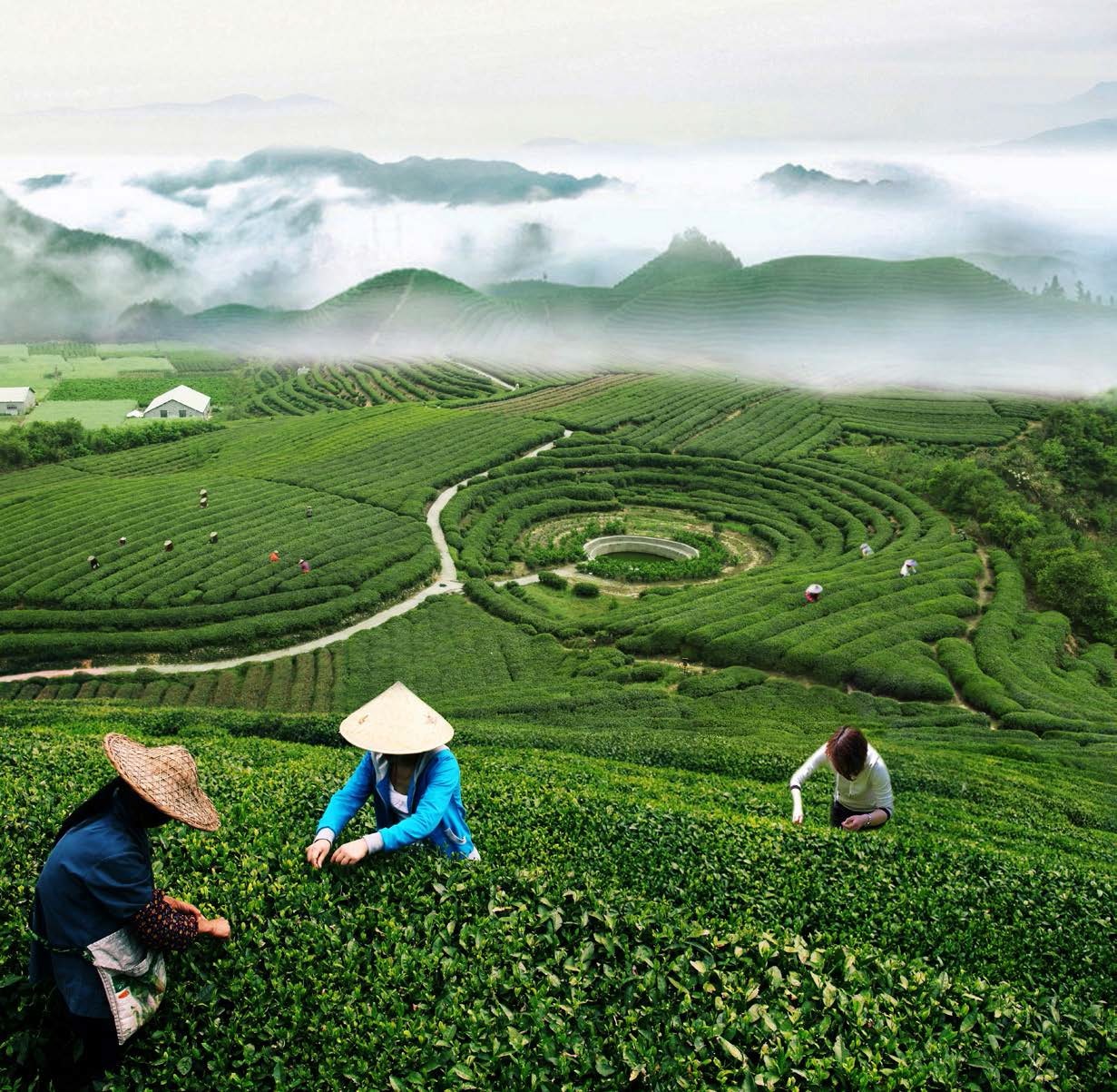
The Dutch followed after the Portuguese, with the first official export of tea to Europe in 1606. The cargo was purchased from merchants in Xiamen, and travelled to the Netherlands by way of Bantam, Java, then part of the Dutch East Indies. The word exported by the Dutch was te, a Chinese word spoken by people mainly from southern Fujian or Taiwan, then the Dutch colony of Formosa. The Dutch East India Company was the main European firm trading tea in the 17th and 18th centuries, a history reflected in the number of western European countries that use some variant of te, including the English “tea.”
The drink wasn’t entirely unknown in Europe before 1606, though. The Portuguese had already begun importing it, and even the English were familiar with it. Professor Jin noted: “In English, the first mention of ‘tee’ was in the diary of Samuel Pepys on 28 September 1600.” Pepys called it “a China drink,” and mentioned, as if in passing, that he had never drunk it before. A 1615 letter by Richard Wickham, the East India Company’s factor at Hirado, Japan, is sometimes credited as the first mention of tea by an Englishman (Pepys was also English). In it, Wickham requests “the best sort of chaw” in Macao from Mr Eaton, the company’s agent at the Portuguese trading post.
According to Professor Jin, Portuguese dealing with Japan in the first half of the 16th century were the first Europeans to write of the culture of tea drinking. In 1547, a Portuguese merchant named Jorge Alvarez compiled the first European eye‑witness account of Japan, including the Japanese habit of tea drinking. In a letter dated 25 October 1562, Portuguese Jesuit priest Luís de Almeida mentioned that the Japanese used “cha” to describe their drink.
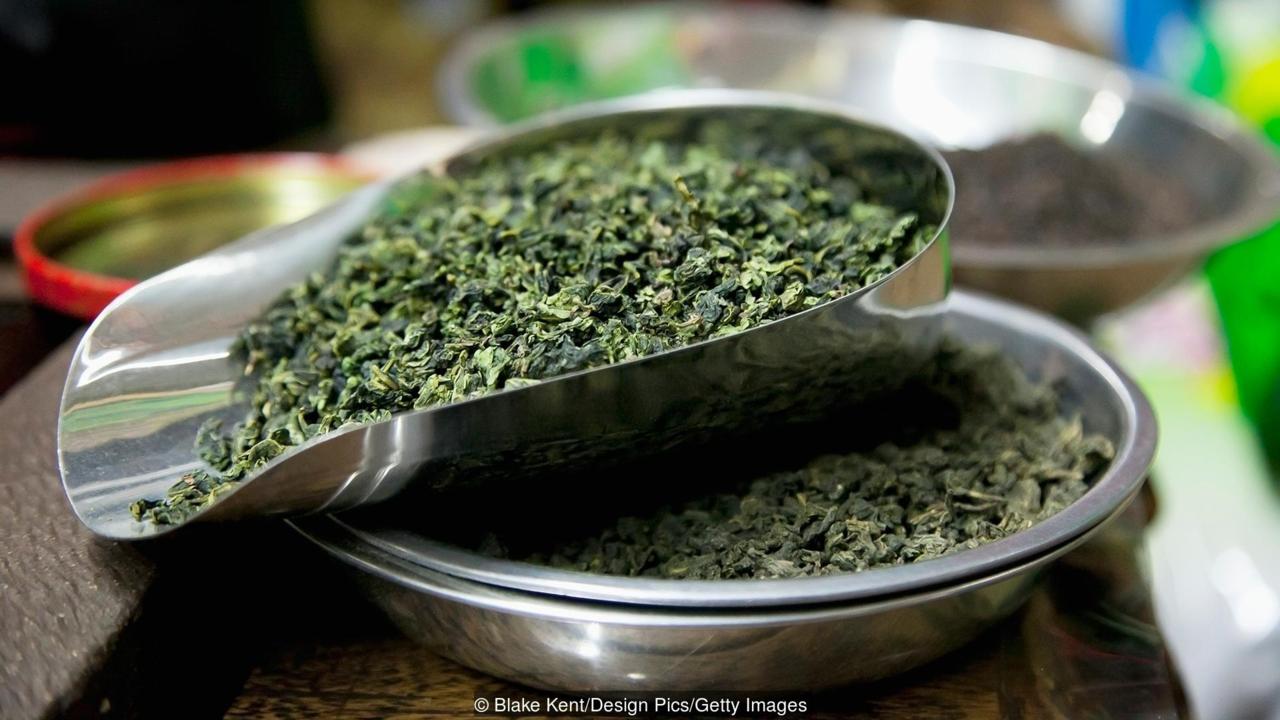
Black or Green
Chinese and other Asians drank green tea, a taste too refined for many Western palates. One of the earliest westerners to experience tea was Italian Jesuit priest Matteo Ricci who lived in China for nearly 30 years. In a letter to French Jesuit missionary Nicolas Trigault, Ricci wrote: “[Tea] is always drunk or rather sipped hot, and on account of a peculiar mild bitterness is not disagreeable to the taste; but on the contrary is positively wholesome for many ailments if used often.” Other Europeans disagreed, and it was increasingly black, not green, tea that was exported to Europe.
The rise of tea in Britain began with a Portuguese princess. The drink was not unknown in the country, but when Catherine of Braganza wed King Charles II in 1662, she brought her love of tea with her. The drink soon became quite fashionable among the British elite; its high price and exotic origins made tea a potent status symbol. Serving it to guests demonstrated status and breeding, and the ceremony around it gave rise to early tea culture in Britain.
In the late 17th century, British plantations in the Caribbean shifted production from cotton and tobacco to sugar, and began exporting it back to Britain in large quantities. By 1750, sugar made up one‑fifth of all European imports. When tea imports increased between 1720 and 1750, the prices of both commodities were low and a new market opened up. Tea, once the domain of the wealthy, began to spread among the middle and lower classes. Where the elite consumed tea in elaborate rituals in spacious drawing rooms, the working class drank their tea in large mugs at their place of work, making a meagre meal more tasty. The addition of sugar had made the drink more pleasing to Western palates, heightening its mass appeal and creating a new source of profit for sugar producers.
For connoisseurs in China, of course, it was unthinkable to add anything but hot water to the tea leaf. The notion of adding sugar or milk—both popular among the British—was heresy, like adding Coca‑Cola to Bordeaux wine.

The British, along with the Portuguese, Dutch, and Russians, developed a taste for black tea. By the middle of the Qing dynasty (1644–1911), exports of Oolong and black tea overtook silk to become China’s most important export commodity. Records from the Guangzhou customs show that in 1838–39, the city exported 18,245.5 tonnes of tea, of which black tea accounted for 80 per cent.
A Heavy Price
For centuries, China dominated the tea trade. It had discovered the plant, developed the methods of cultivation and production, and seen its popularity spread around the world, bringing great wealth to the nation.
But, as Professor Jin wrote: “[This] small and remarkable leaf which had brought great profits also made China suffer a century of pain and humiliation.” After 200 years as the sole producers of tea, there was a vast trade deficit between China and the West. The monopoly on tea angered many, especially as appetite for the drink continued to grow. The British, eager to redress the flood of silver flowing into China, decided the country would be the perfect market for their newly‑acquired opium monopoly.
China, however, was well aware of the dangers of the drug trade. The Qing authorities attempted to ban opium, taking increasingly severe actions in the face of the mounting threat. When an official seized and destroyed 1,210 tons of opium without compensation, and ordered a blockade on foreign trade in Canton, the British responded in force. According to Professor Lin, the resulting military clash “changed the shape of global trade and the destiny of China, and altered for ever the history of the world.”
In 1842, after the Treaty of Nanjing brought an end to the First Opium War, a Scottish botanist named Robert Fortune travelled to China to collect plant samples. Six years later, in 1848, the British East India Company hired Fortune to return to China. His instructions were explicit:
“Besides the collection of tea plants and seeds from the best localities for transmission to India, it will be your duty to avail yourself of every opportunity of acquiring information as to the cultivation of the tea plant and the manufacture of tea as practised by the Chinese and on all other points with which it may be desirable that those entrusted with the superintendence of the tea nurseries in India should be made acquainted.”

During his trips inland, Fortune frequently disguised himself as a Chinese merchant, visiting many tea growing areas in Fujian, Guangdong, and Jiangsu that few Europeans had ever seen; travelling more than a days’ journey from European treaty ports was illegal. He could speak Mandarin, though not fluently; many growers believed him to be an official of a minority tribe from a north or western corner of the vast Qing Empire.
He brought with him special cases, similar to an early terrarium, which enabled the plants to survive for several weeks. In two and a half years, from 1848 to 1851, Fortune visited fields and factories, collecting plants and learning as much as he could about the production of tea. He introduced around 20,000 tea plants and seedlings to Darjeeling in northeast India, where the climate and geography were similar to that of the growing areas in China. Most of the plants perished. But he had also brought with him a group of skilled Chinese tea workers; their expertise may have been critical to the eventual success of the Indian tea industry.
While Chinese and many modern commentators recognise Fortune’s actions as industrial espionage on a grand scale, Fortune himself saw it as botany research and an exchange of information with the growers. The level of deception and illegal conduct he employed rather belie this innocuous explanation.
The results of his work were dramatic. In the decades that followed, British growers developed giant plantations in northeast India and Ceylon, now Sri Lanka, that enjoyed an economy of scale lacking in the family plots of southern China. India overtook China as the world’s largest producer, a status it held for a century. British companies were able to meet much of the demand in their home market, with black teas from colonial tea plantations constituting a majority of the British market by 1900.
The story of tea is one of trade, conquest, and conflict – a dramatic history for such a soothing beverage. Macao is where that story began. From the 16th‑century Portuguese priests and merchants experiencing cha for the first time, to the Portuguese princess behind the rise of tea in Britain, none could have predicted how their love of tea would change the world.
